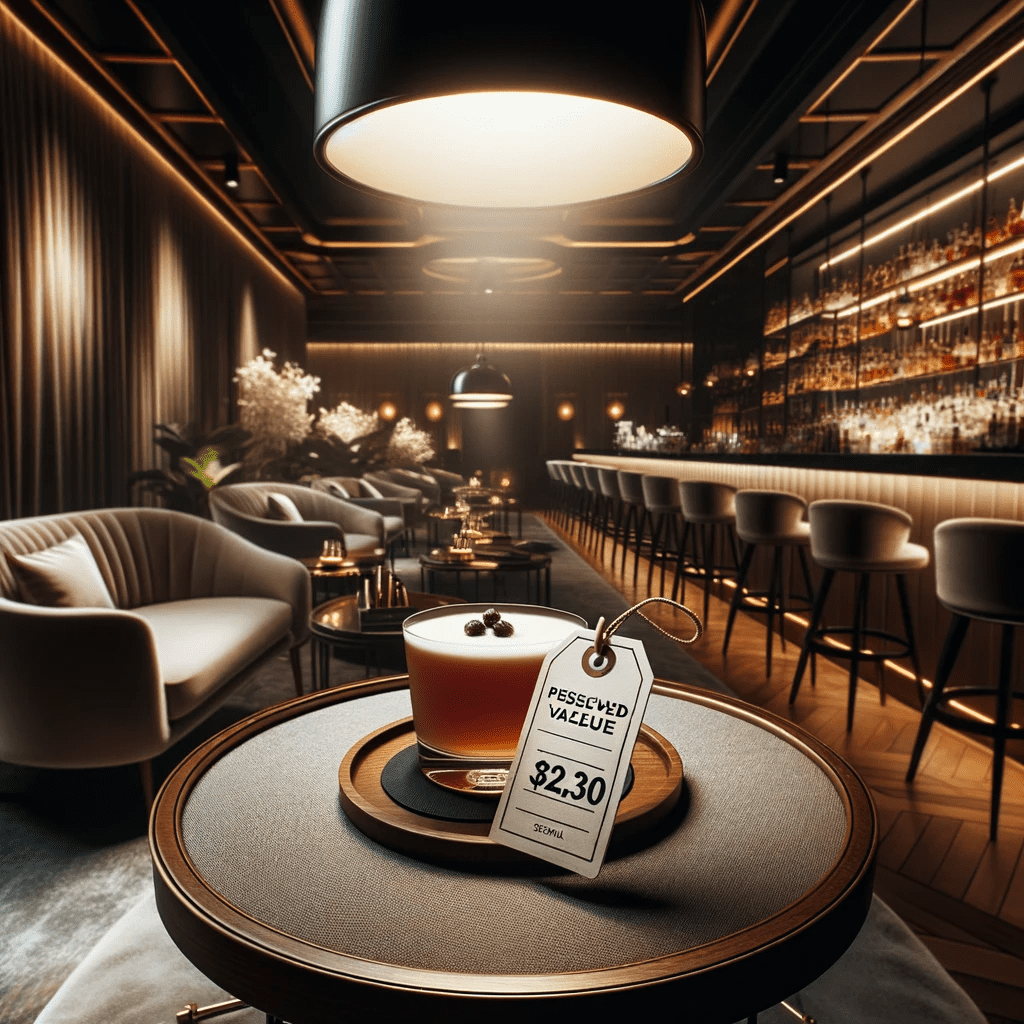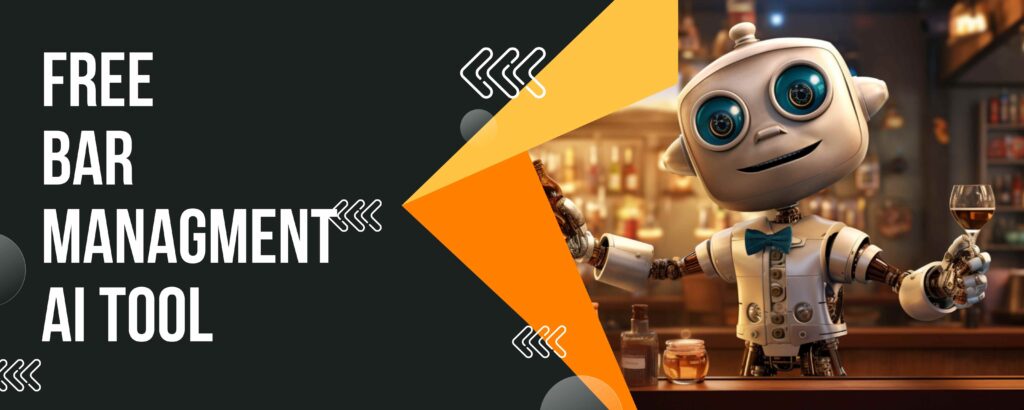In the ever-evolving world of bar and restaurant management, understanding the nuances that drive profit is essential. One such nuance, often overlooked yet vital to success, is the concept of perceived value.

The Essence of Perceived Value
Perceived value taps into the realm of psychology, centering on the balance between what customers believe they are receiving and the actual offering. It's a delicate balance between controlling costs and ensuring patrons feel they're getting their money's worth. As bar managers, we must ensure we're neither too generous to the point of financial detriment nor too stingy that we alienate customers.
A real-world example of this concept comes from a large corporate chain I had the opportunity to work with. Without naming names, this chain had a national corporate beverage director who, in my opinion, missed the mark on perceived value. The cocktail menu designed for over 200 locations included drinks with three ounces of liquor, double the standard 1.5 ounces, without a corresponding price increase. Such decisions, while seemingly giving customers more, can backfire when patrons don't recognize the added value they're getting.
For instance, when a guest orders a Grey Goose on the rocks at this establishment, they receive a double portion for a mere two-dollar upcharge. Without proper advertising or communication from the staff, the customer remains oblivious to this extra value. When they see their bill and find the Grey Goose priced higher than a competitor across the street, they might feel overcharged, even though they received double the quantity.
The Positive Side of Perceived Value: Happy Hour
On a brighter note, happy hours exemplify positive perceived value. Although it's challenging to quantify the exact profitability of happy hours, the discounted items lure customers in, hoping they'll stay longer and purchase full-priced items. For instance, if a cocktail usually costs $7, and it's offered for $5 during happy hour, the bar might lose $2 on each drink. However, the bustling environment and perceived value can attract repeat customers, turning the initial loss into a long-term gain.
Happy hours can be viewed as a marketing tactic. The minor losses on discounted items can be equated to paid advertising costs. The idea is to create a buzz, a word-of-mouth advertisement, where customers perceive they're getting a fantastic deal and become regular patrons.
Conclusion
In the upcoming series on bar profit maximization, we'll delve deeper into strategies to enhance perceived value without compromising on the quality of service or the bottom line. It's all about perception, and with the right strategies, bars and restaurants can thrive. Ensuring customers recognize and appreciate the value they're receiving is crucial to sustained success in the industry.
Remember, while we aim to maximize value, our goal is never to deceive our patrons. Instead, we strive to provide the best experience, ensuring they recognize and appreciate the true value of what they're receiving. Stay tuned for more insights, and always strive to perfect the balance in your establishment.
